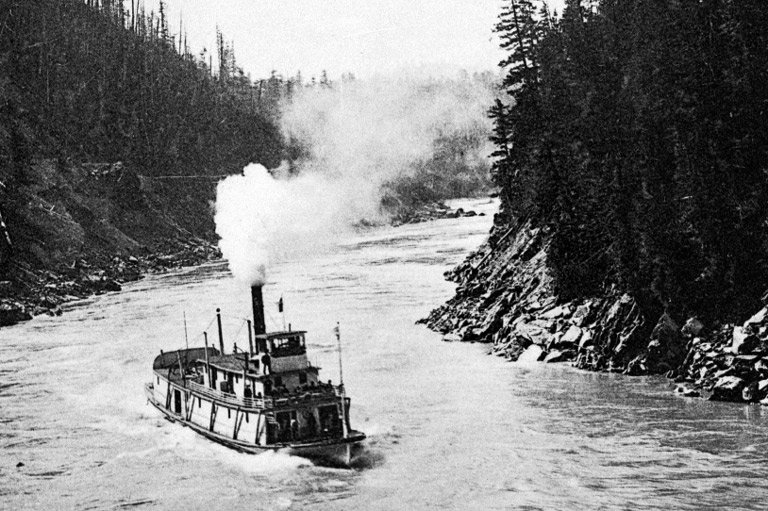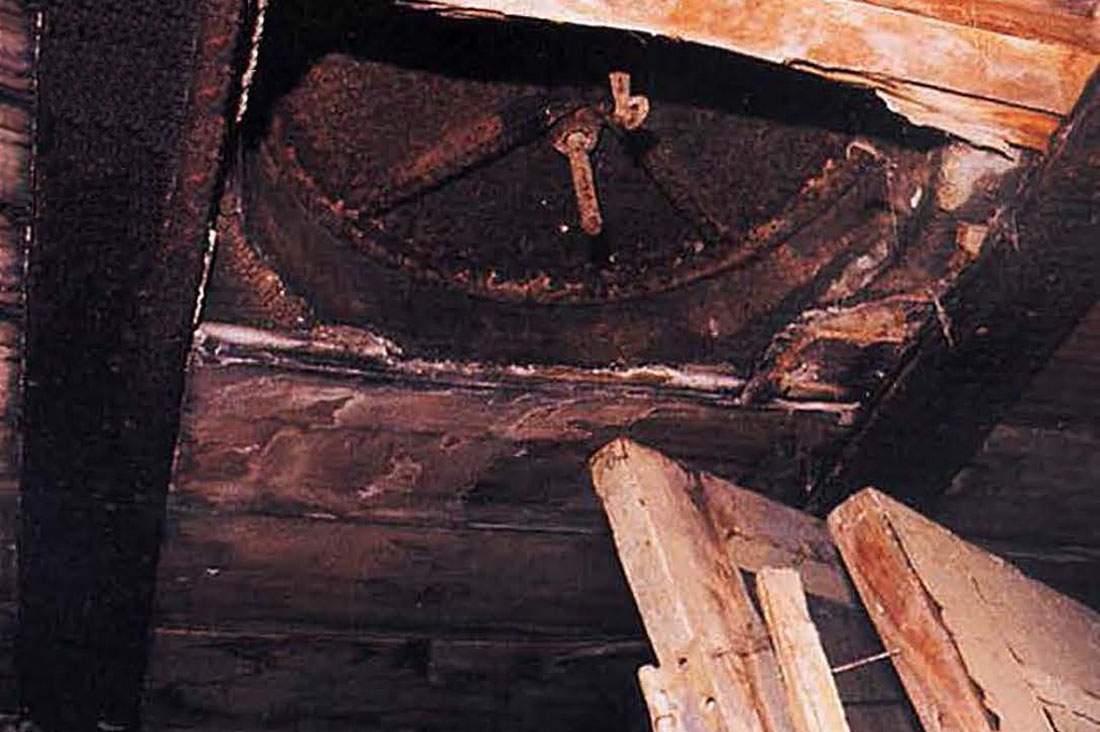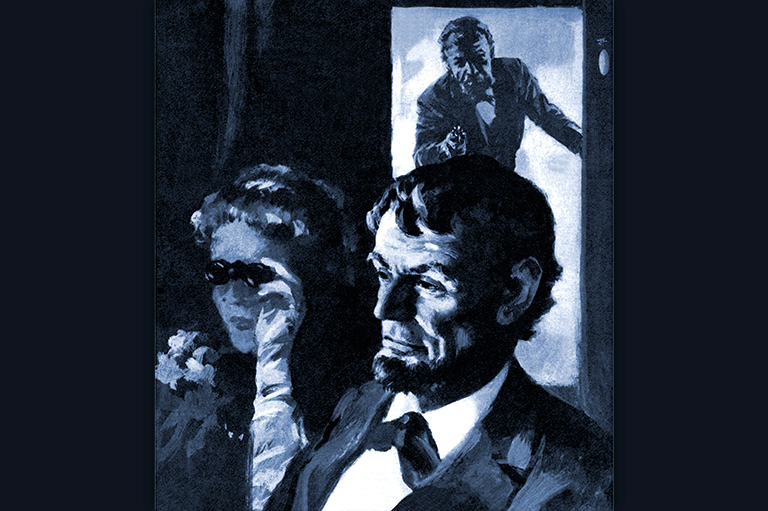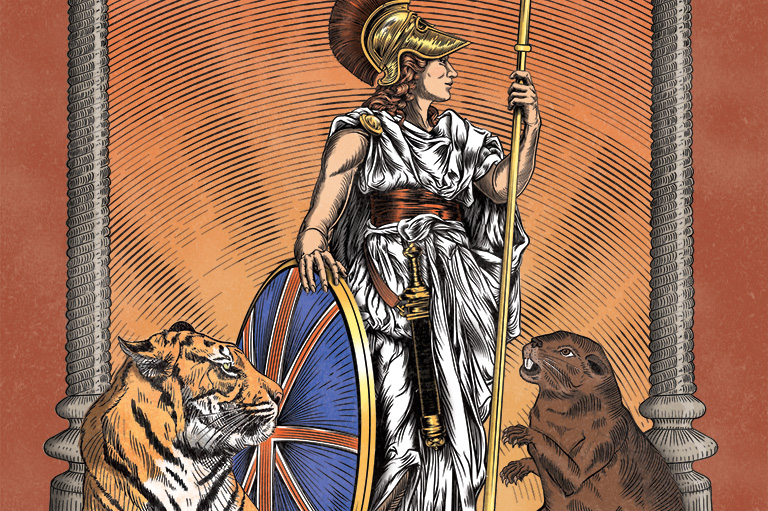The Changing Face of the Governor General
The office of the Governor General is Canada’s oldest enduring institution. It was formally established with the appointment of Viscount Monck in 1867, and has extended to the Right Honourable David Johnston’s term, which commenced in October 2010. Johnston — who was recommended to Queen Elizabeth II by Canada’s then Prime Minister Steven Harper — succeeded Michaëlle Jean. Jean stepped out of the role of Governor General after the traditional, though not official, five-year period. In March 2015, Johnston accepted an invitation to stay in the vicregal office until September 2017. If he does so, he will be the longest-serving Governor General since Georges Vanier.
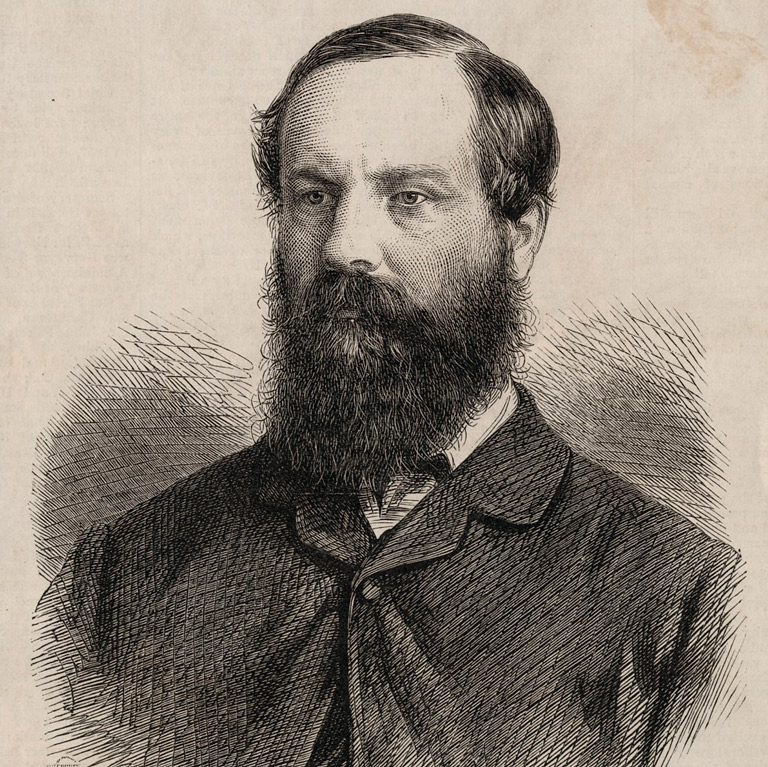
Viscount Monck (1867-1868)
Born: October 10, 1819, Ireland
Died: November 29, 1894
- The “Trent Affair” erupted just before Lord Monck took office; Lord Monck calmed the diplomatic crisis that threatened to bring the feud between the United States and Britain to Canadian soil.
- His diplomatic finesse was matched by his promotion of Confederation. Helped build “The Great Coalition,” which promoted federalism.
- Known for his kindness and wit. John A. Macdonald wrote of Monck: “I like him amazingly … he has been a very prudent and efficient administrator of public affairs.”
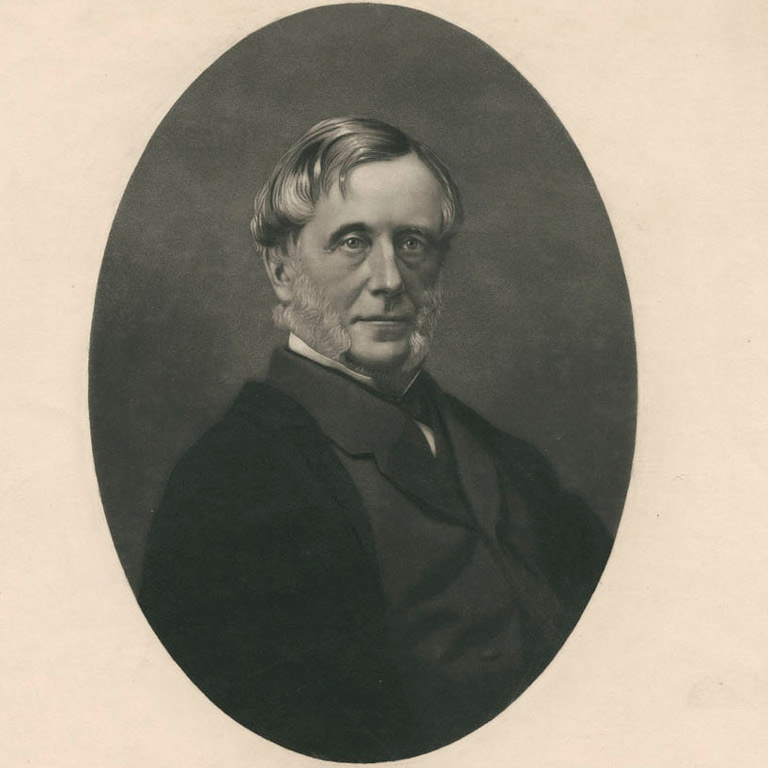
Lord Lisgar (1869-1872)
Born: August 31, 1807, India
Died: October 6, 1876
- Red River Rebellion began during his first year in office.
- As nominal Lieutenant Governor of Rupert’s Land, declared an amnesty during the Riel Rebellion.
- Acted as mediator when the Irish Fenians raided Canada in an attempt to win independence from Britain.
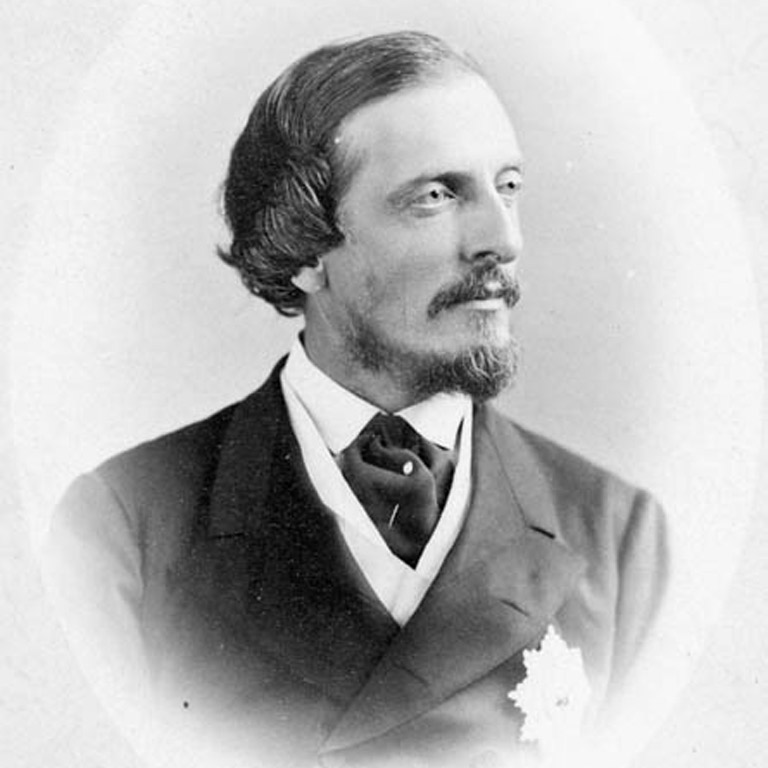
Earl of Dufferin (1872-1878)
Born: June 21, 1826, Florence, Italy
Died: February 12, 1902
- P.E.I. admitted to Confederation during his term ( July 1, 1873)
- Served during the creation of several prominent institutions, such as the Supreme Court, Royal Military College and Intercolonial Railway.
- In 1873, established Governor General’s Academic Medals to recognize excellence among Canadian students.
- Promoted unity by travelling to every province.
- Realized thet Rideau Hall needed space where ceremonial events could be held, so added a ballroom in 1873. Lord and Lady Dufferin organized numerous balls, concerts, dinners, theatrical performances and other social events.
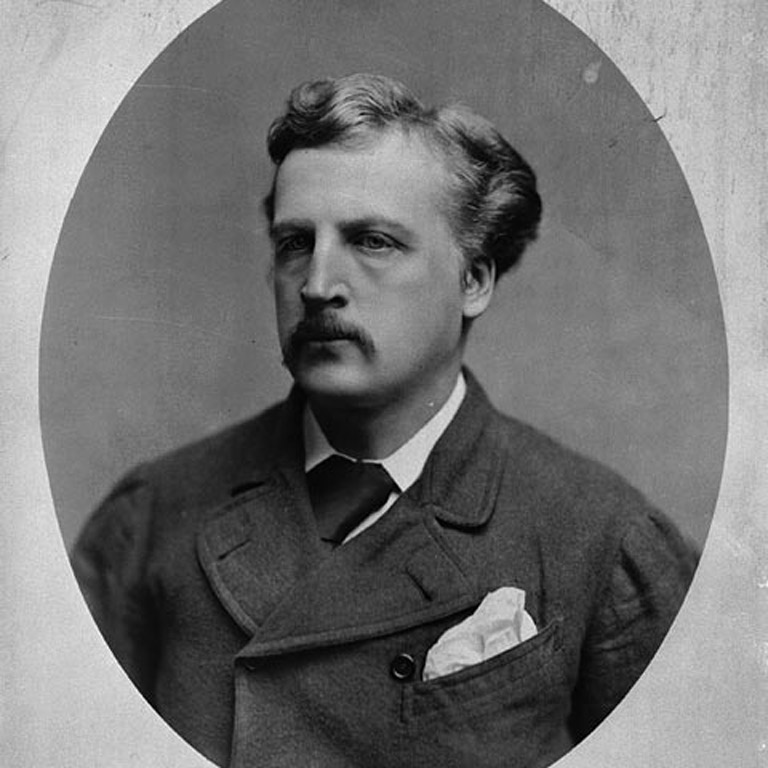
Duke of Argyll (Marquess of Lorne) (1878-1883)
Born: August 6, 1845, England
Died: May 2, 1914
- At 33, was youngest GG; married to Queen Victoria’s fourth daughter, Princess Louise, who gave the name Regina to the capital of Saskatchewan.
- Encouraged establishment of the Royal Society, Royal Canadian Academy of Arts and National Gallery.
- Travelled Canada promoting the creation of numerous institutions.
With 7 uniquely curated newsletters to choose from, we have something for everyone.
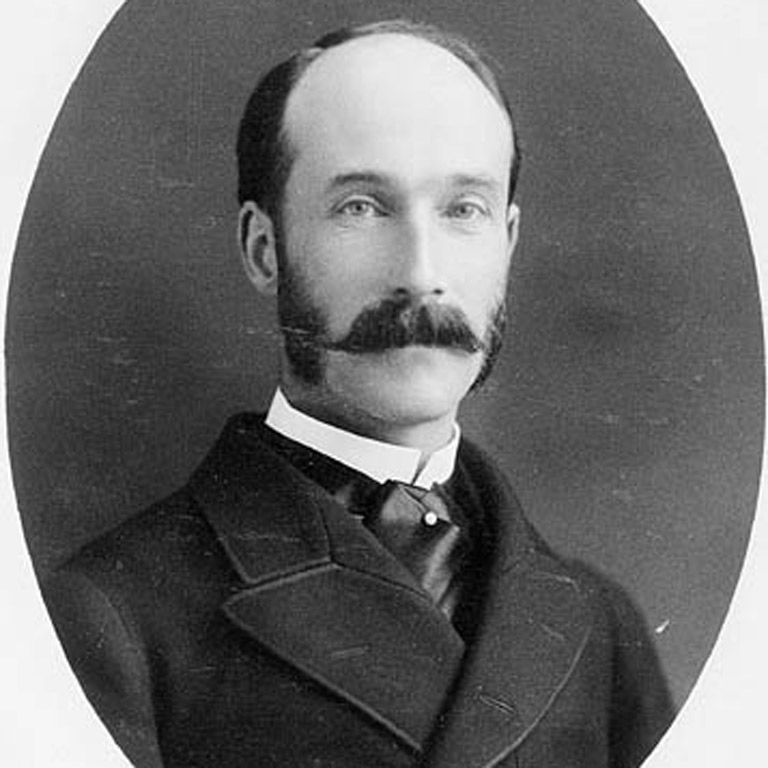
Marquess of Landsdowne (1882-1888)
Born: January 14, 1845, England
Died: June 14, 1908
- Served during tumult: outcry over building of the railway, economy moving into recession, Northwest Rebellion.
- Travelled throughout the west on the newly built Canadian Pacific Railway.
- Helped negotiate peaceful settlement of fishing rights dispute with U.S.
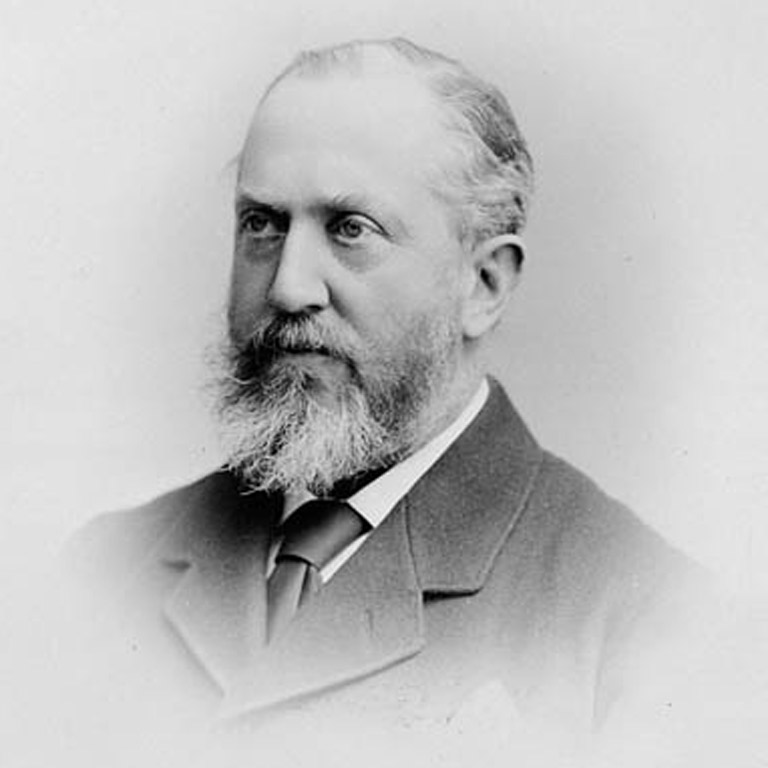
Earl of Derby (Lord Stanley of Preston) (1888-1893)
Born: January 12, 1841, England
Died: March 7, 1934
- In 1893, gave Canada a prized icon, the Stanley Cup, for top amateur hockey club. (In 1926, the NHL adopted the cup.
- Sir John A. Macdonald died during his term, on June 6, 1891.
- GG replaced the prime minister with Sir John Abbot, later replaced by Sir John Thompson.
- Cemented the politically neutral role of the GG, declining to join provinces’ opposition to the Jesuit Estates Bill of Quebec.
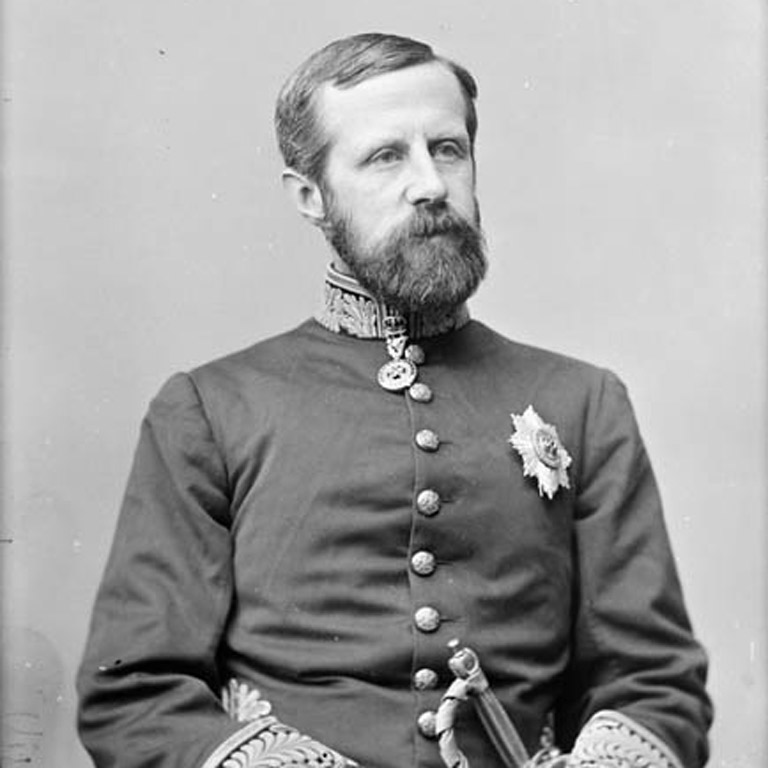
Earl of Aberdeen (1893-1898)
Born: August 3, 1847, Scotland
Died: March 7, 1934
- Four prime ministers served during his term: Sir John Thompson, Sir Mackenzie Bowell, Sir Charles Tupper, Sir Wilfrid Laurier.
- His term saw the completion of the CPR and discovery of gold in the Yukon.
- Was made honorary chief of both the Six Nations and Blackfoot people.
- Participated in Queen Victoria’s Diamond Jubilee celebration in 1897.
Save as much as 52% off the cover price! 6 issues per year as low as $29.95. Available in print and digital.
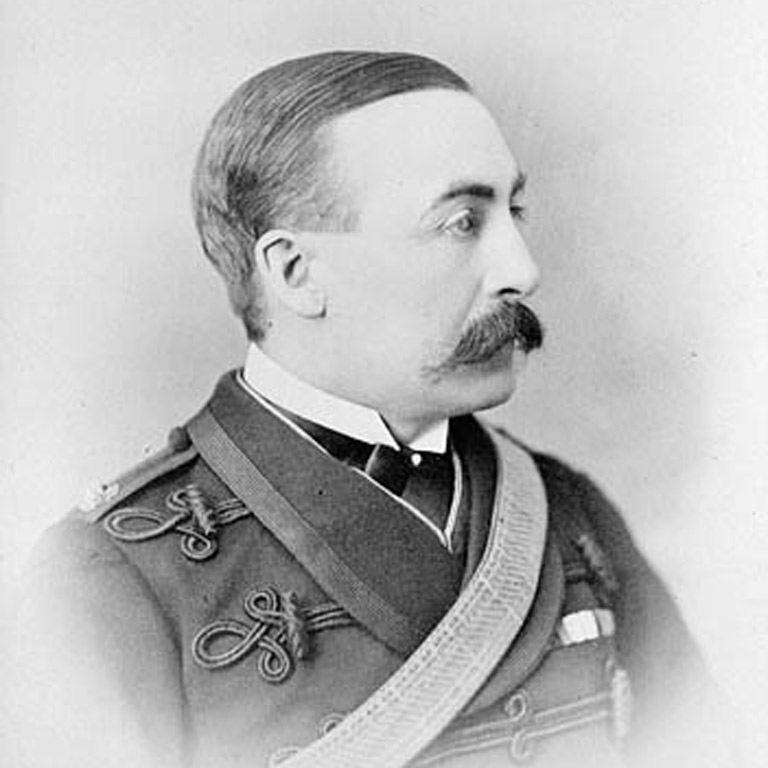
Earl of Minto (1899-1904)
Born: July 9, 1845, England
Died: March 1, 1914
- Term was a time of strong nationalism and increased immigration.
- Believing in the importance of preserving heritage, created the National Archives.
- In response to national tuberculosis crisis, established first anti-TB foundation.
- Loved the outdoors, promoted the creation of national parks.
- Took great interest in development of the Canadian military.
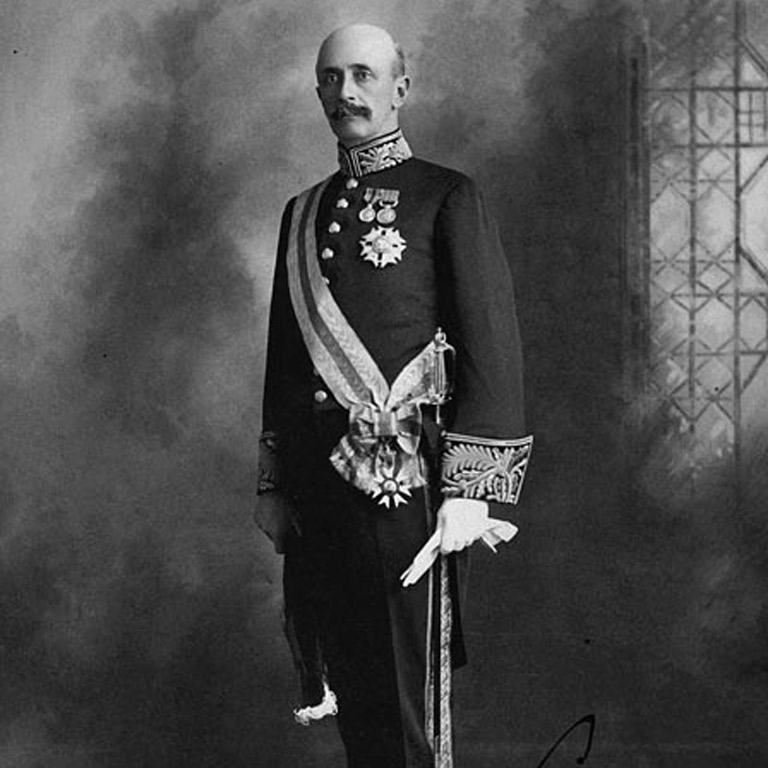
Earl Grey (1904-1911)
Born: November 28, 1851, England
Died: August 29, 1917
- Saw Alberta and Saskatchewan become provinces in 1905).
- Strong advocate of national unity among French and English Canadians, played an important role in having Plains of Abraham designated a national park.
- Lady Grey was the first spouse of a GG to be called “Her Excellency.”
- In 1909 donated the Grey Cup to the Canadian Football League.
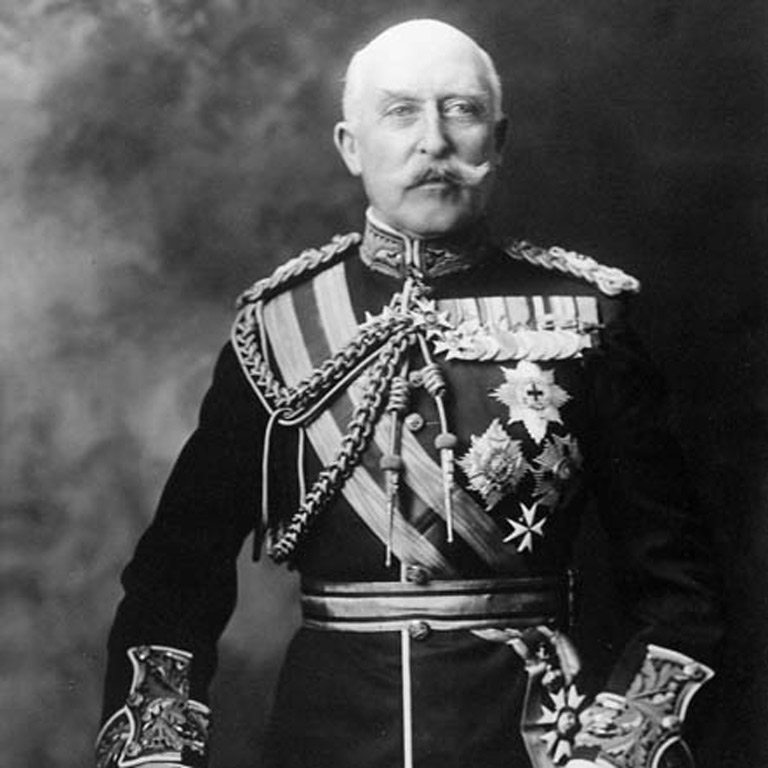
HRH Duke of Connaught (1911-1916)
Born: May 1, 1850, England
Died: January 16, 1942
- First member of the Royal Family to become a Canadian GG.
- Against the backdrop of World War I, encouraged enhanced military training and readiness for Canadian troops.
- Sought to enhance participation and support for the war on the home front.
- Port Arthur, now part of Thunder Bay, Ont., named in his honour.
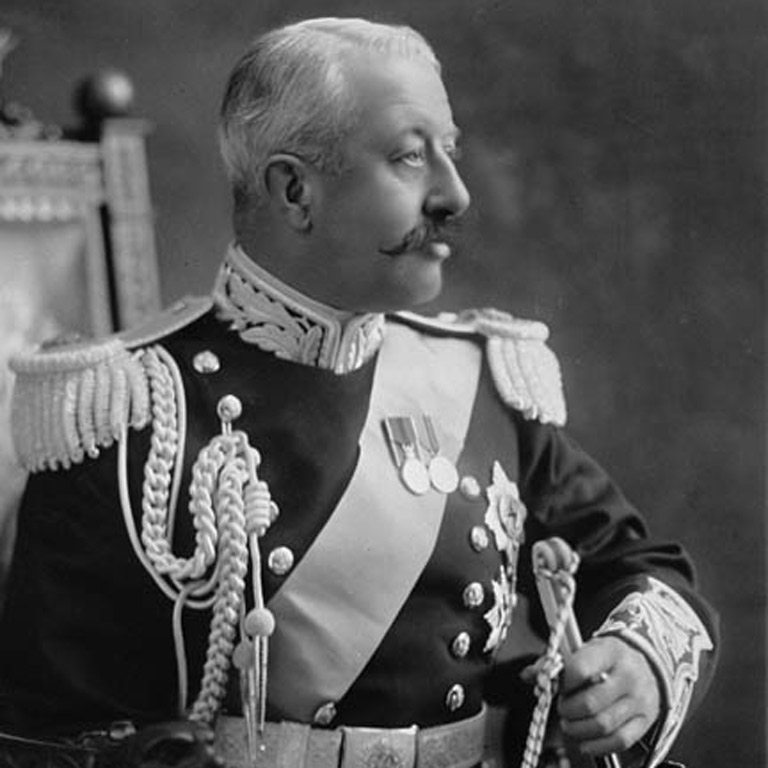
HRH Duke of Devonshire (1916-1921)
Born: May 31, 1868, England
Died: May 6, 1938
- Appointment caused early political problems: British Cabinet neglected to consult the Canadian government.
- With World War I raging, there was great unrest in Canada during his term.
- Tried to mend relations between French and English Canadians after conscription.
- Women got the vote during his term.
- Extremely interested in farming issues; while in the West discussed agricultural concerns with farmers.
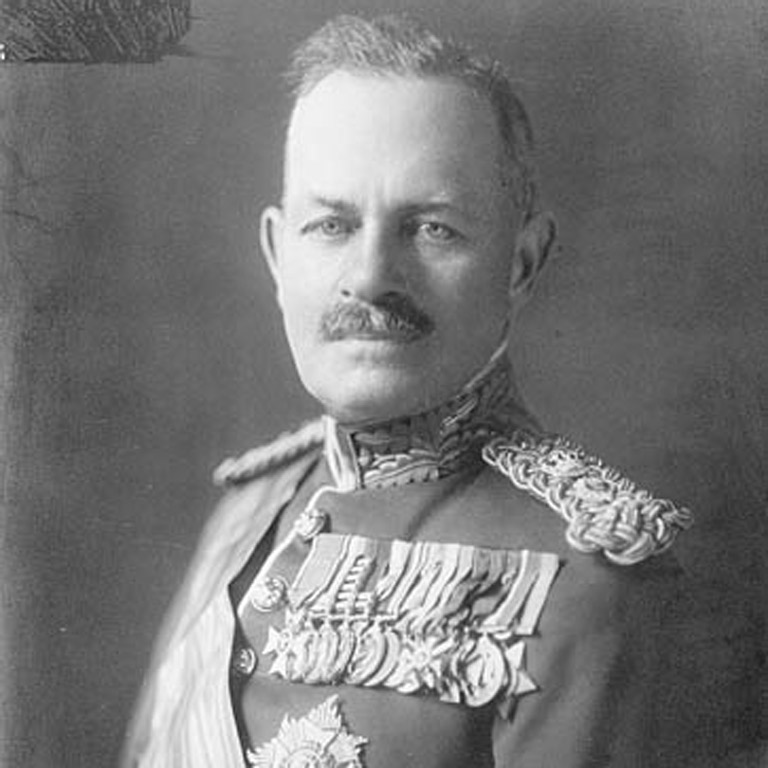
Lord Byng (1921-1926)
Born: September 11, 1982, England
Died: June 6, 1935
- First to appoint Canadian aides.
- King-Byng Affair” — political crisis redefined role of GG. After losing two votes, and facing a third, over corruption, Prime Minister Mackenzie King sought dissolution of Parliament. GG refused, Canada was left temporarily without a PM. Once the crisis subsided, the King government redefined the role of GG as a representative of the Sovereign, not the British government.
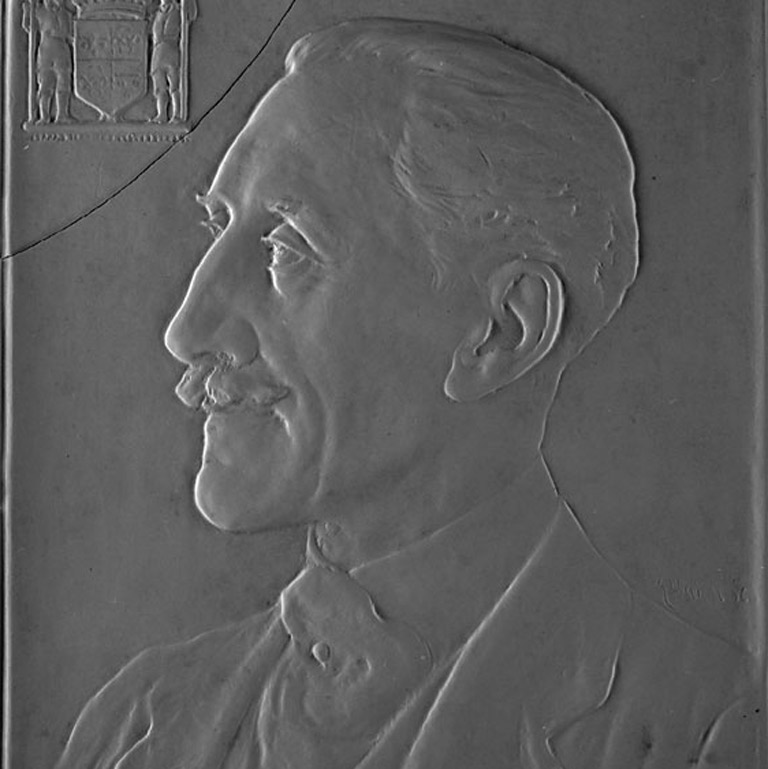
Viscount Willingdon (1926-1931)
Born: September 12 1866, England
Died: August 12, 1941
- First GG to represent the monarch and act on advice of Canadian ministers, rather than representing the British government.
- In 1927, made first official visit of a GG to Washington.
- Having a great appreciation for the arts, introduced the Willingdon Arts Competition, with awards for painting and sculpture.
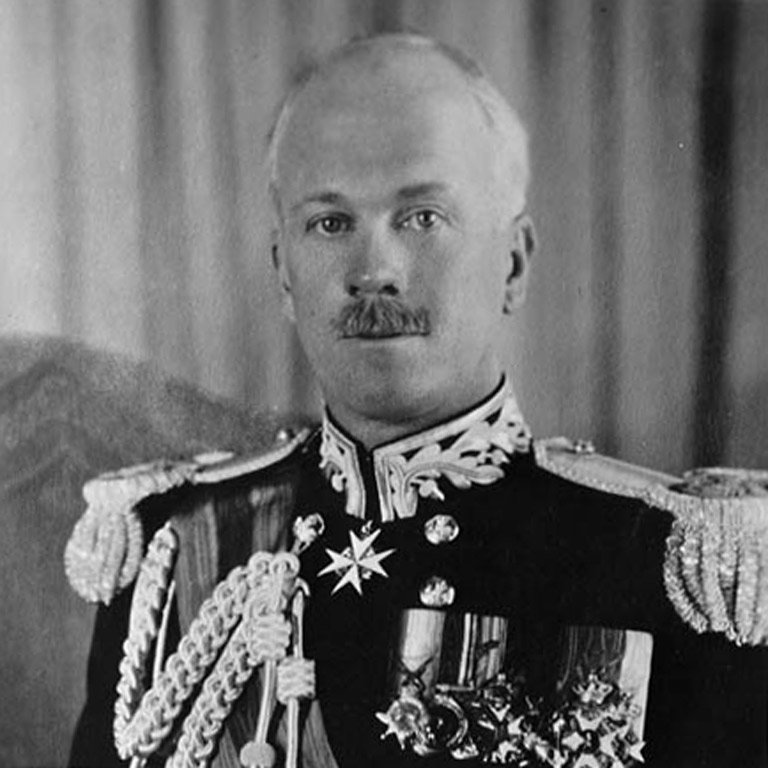
Earl of Bessborough (1931-1935)
Born: October 27, 1880, England
Died: March 10, 1956
- His installation as GG was the first to be broadcast on radio.
- In 1932, witnessed first trans-Canadian phone system and creation of CBC.
- Took 10 percent salary cut to show empathy for those affected by the Depression.
- Theatre lover created nation-wide competition for amateur companies, the Dominion Drama Festival.
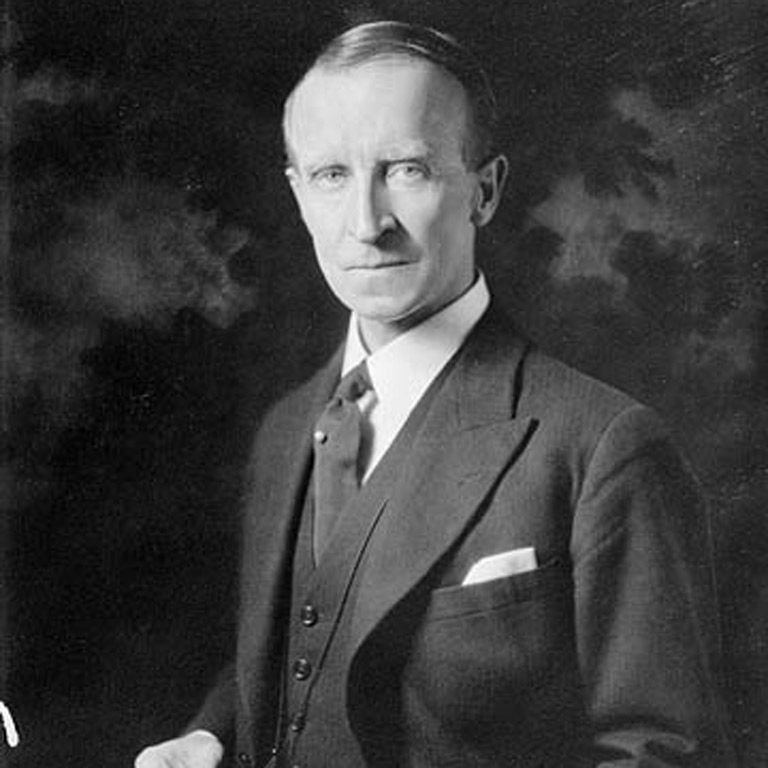
Lord Tweedsmuir (1935-1940)
Born: August 26, 1875, Scotland
Died: February 11, 1940
- Well-known author; his suspense novel Thirty-Nine Steps became famous when Alfred Hitchcock made a film adaptation.
- Creator of the Governor General’s Literary Awards.
- With Lady Tweedsmuir, created the first library at Rideau Hall.
- Encouraged Canadians to develop distinct identity; believed in building national unity and overcoming divisions.
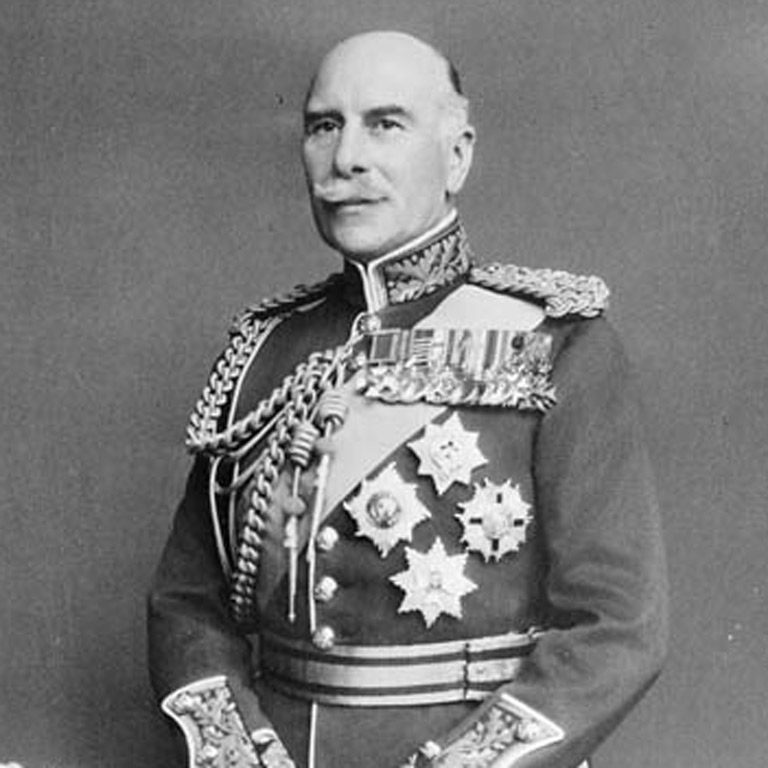
Earl of Athlone (1940-1946)
Born: April 14, 1874, England
Died: January 16, 1957
- Very active in supporting the war effort; inspected troops, training schools, and hospitals.
- Twice hosted Prime Minister Mackenzie King, British PM Winston Churchill and U.S. President Franklin D. Roosevelt at La Citadelle in Québec; the strategic meetings became known as the Quebec Conferences.
- When the war ended in 1945, he spoke about the future of Canada — one not marked by war, but by reconciliation and reconstruction.
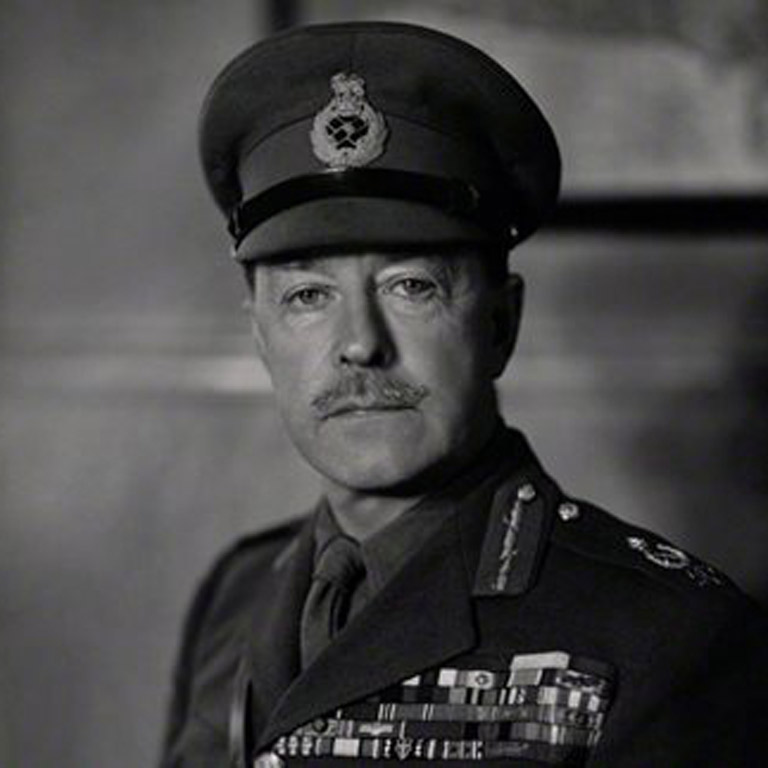
Viscount Alexander (1946-1952)
Born: December 19, 1891
Died: June 16, 1969
- Esteemed World War II military hero.
- A great communicator; saw role as vital link between Canadians and their government.
- Presented with a totem pole made by Kwakiutl carver Mungo Martin on July 13, 1946, marking his installation as an Honorary Chief of the Kwakiutl. It stands on the front lawn of Rideau Hall. At the Commonwealth Prime Ministers’ Conference in 1949, the GG’s power was redefined, and the GG began to be referred to as representing the “Commonwealth” instead of “Dominion.”
- Saw Newfoundland enter Confederation in 1949.
- Visited Canadian Forces fighting in Korea in 1950.
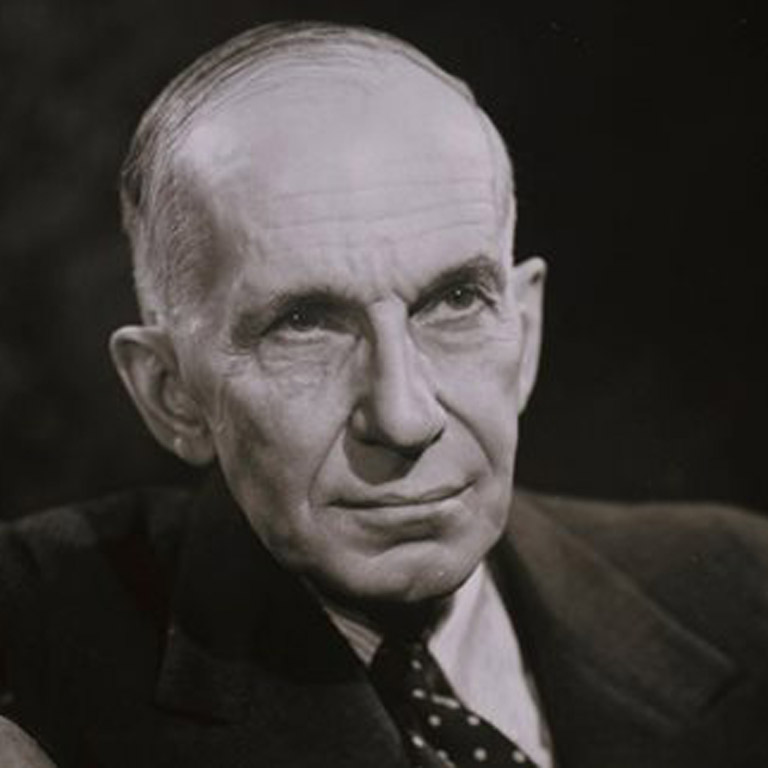
Right Honourable Vincent Massey (1952-1959)
Born: February 20, 1887, Toronto
Died: December 30, 1967
- First Canadian-born and Canadian citizen to be GG; all since have been citizens.
- Emphasized importance of learning English and French.
- Promoted Canada’s accomplishments in science, business and the arts; helped found National Arts Centre in Ottawa.
- Greatest dream was a Canadian honours system – Order of Canada created in 1967, after his term; Massey one of the first to be appointed a Companion.
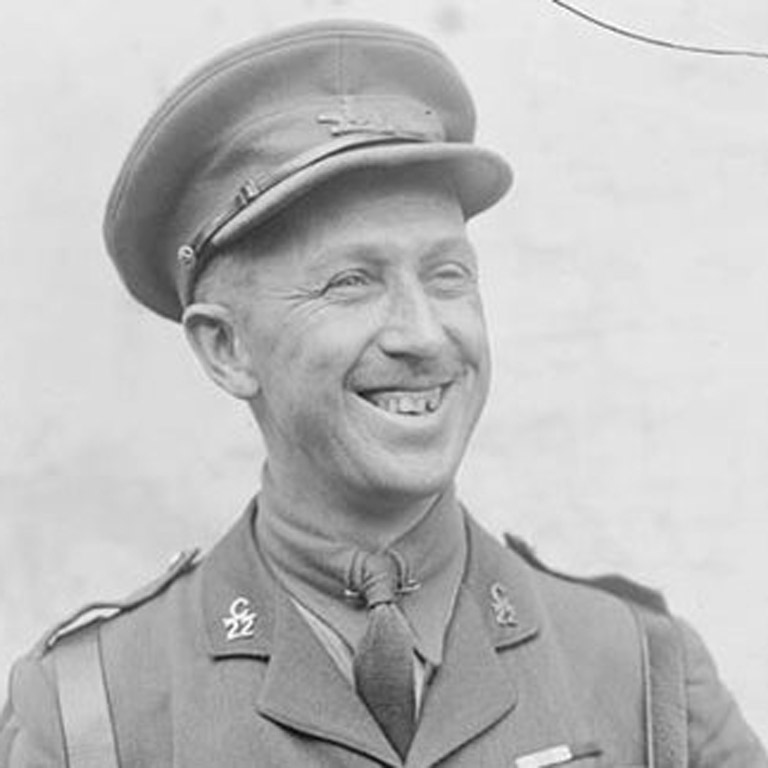
Major General Right Honourable Georges Vanier (1959-1967)
Born: April 23, 1888, Montreal
Died: March 5, 1967
- Spoke out on behalf of the disadvantaged, youth and the family. In 1964, helped organize Canadian Conference of the Family at Rideau Hall; led to the creation of Vanier Institute of the Family.
- As Quebec separatism gained popularity, defended Canadian unity.
- Supporter of Scouting movement, held role of Canada’s Chief Scout.
- In 1967, started Vanier Awards for Outstanding Young Canadians.
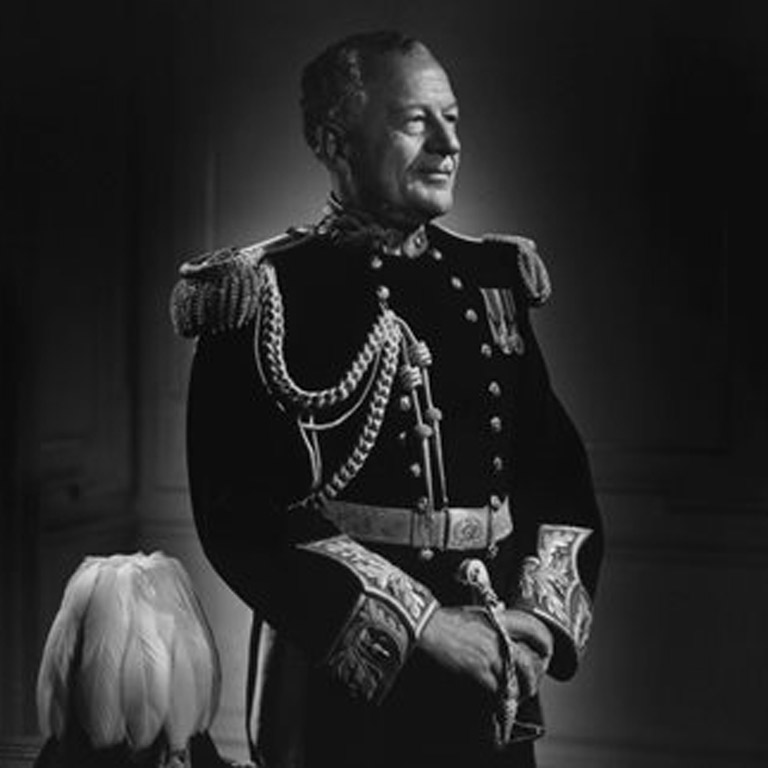
Right Honourable Roland Michener (1967-1974)
Born: April 1, 1900, Lancombe, AB
Died: March 5, 1991
- In Canada’s Centennial year Michener was appointed GG.
- Queen Elizabeth II presented him with the Royal Victorian Chain in 1973; one of two Canadians to receive the honour (also former GG Vincent Massey).
- Devoted to exercise and athletics, strong supporter of Participaction campaign, advocated for improved fitness among Canadians.
- Encouragement of excellence in journalism led to 1970 creation of the Michener Awards for meritorious public service in journalism.
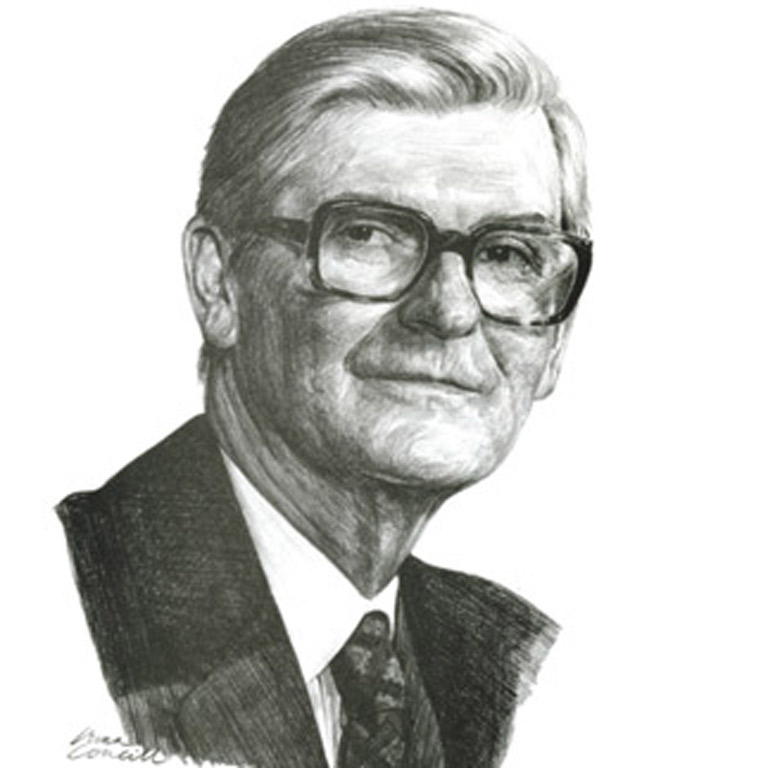
Right Honourable Jules Léger (1974-1979)
Born: April 4, 1913, At-Anicet, Que.
Died: November 22, 1980
- Had a stroke six months after sworn in; Madame Léger helped in his duties as he recovered. She is the only spouse in an official portrait of a GG that hangs at Rideau Hall.
- Léger promoted artistic and cultural excellence; introduced Jules Léger Prize for New Chamber Music in 1978 and Gabrielle Léger Medal for heritage conservation in 1979.
- Léger appreciated Canadian fine art and supported numerous artistic endeavours.
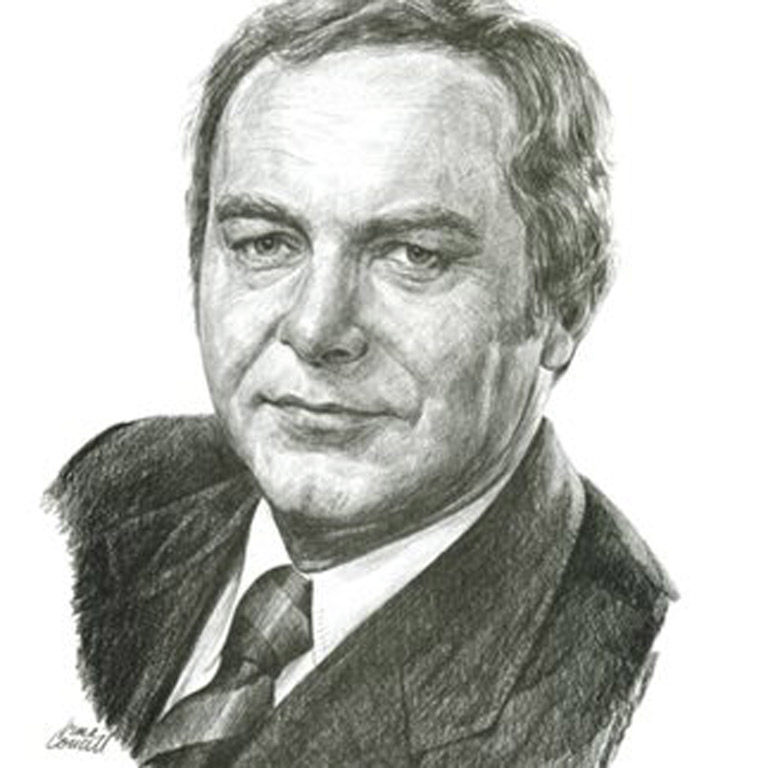
Right Honourable Edward Schreyer (1979-1984)
Born: December 21, 1935, Beausejour MB
- Advocated for Canadian unity, promoted bilingualism, encouraged atmosphere of goodwill.
- Promoted women’s equality; in 1979, established Governor General’s Award in Commemoration of the Persons Case, to commemorate the fight for women’s rights.
- Interest in environmental issues led to creation of the Governor General’s Conservation Awards in 1981.
- Wife Lily interested in many social issues, including people living with disabilities; she inspired the construction of the Fountain of Hope, dedicated to Terry Fox, at the main entrance at Rideau Hall.
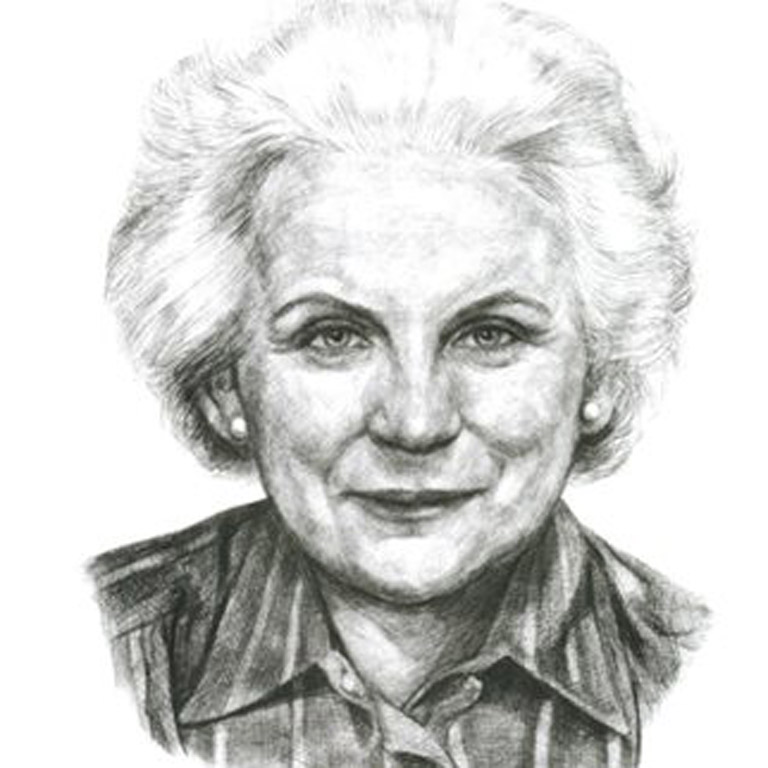
Right Honourable Jeanne Sauvé (1984-1990)
Born: April 26, 1922, Prud'homme, SK.
Died: January 26, 1993
- First female federal Cabinet member from Quebec and first woman elected as Speaker of House of Commons, became first female GG.
- Concerns centered on youth, peace and national unity; established Jeanne Sauvé Youth Foundation, dedicated to youth excellence.
- Interest in environmental issues led to creation of the Governor General’s Conservation Awards in 1981.
- Provided foreword for national publication What Peace Means to Me, marking “International Year of Peace” in 1986.
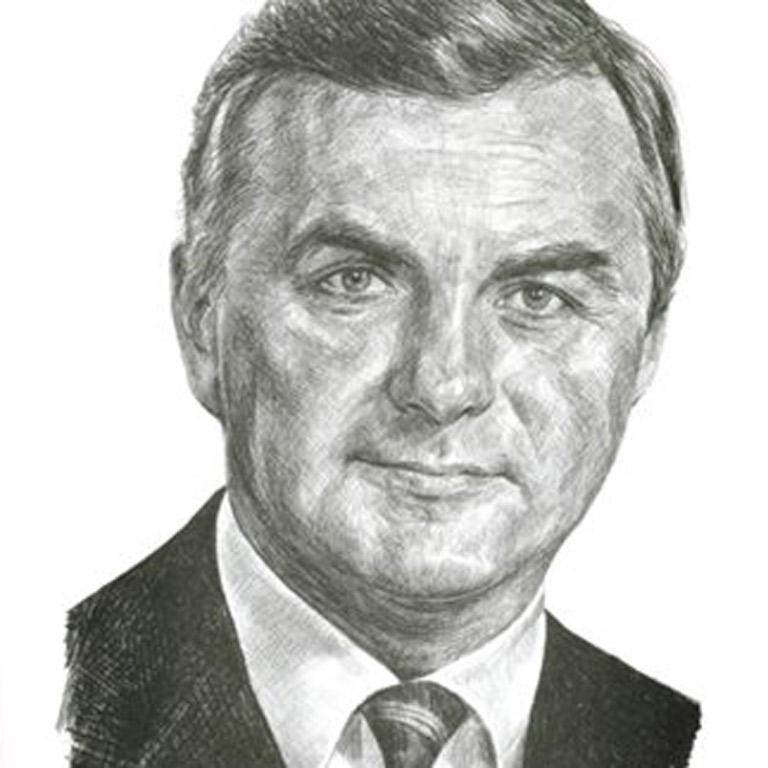
Right Honourable John Hnatyshyn
Born: March 16, 1934, Saskatoon SK
Died: December 18, 2002
- With wife Gerda, worked to showcase Canadian excellence at Rideau Hall.
- In 1994, represented Canada in France at 50th anniversary celebration of D-Day.
- In 1992, created Governor General’s Performing Arts Awards, as well as Ramon John Hnatyshyn Award for Voluntarism in the Arts.
- Supported education through various initiatives, including GG Ramon John Hnatyshyn Education Fund.
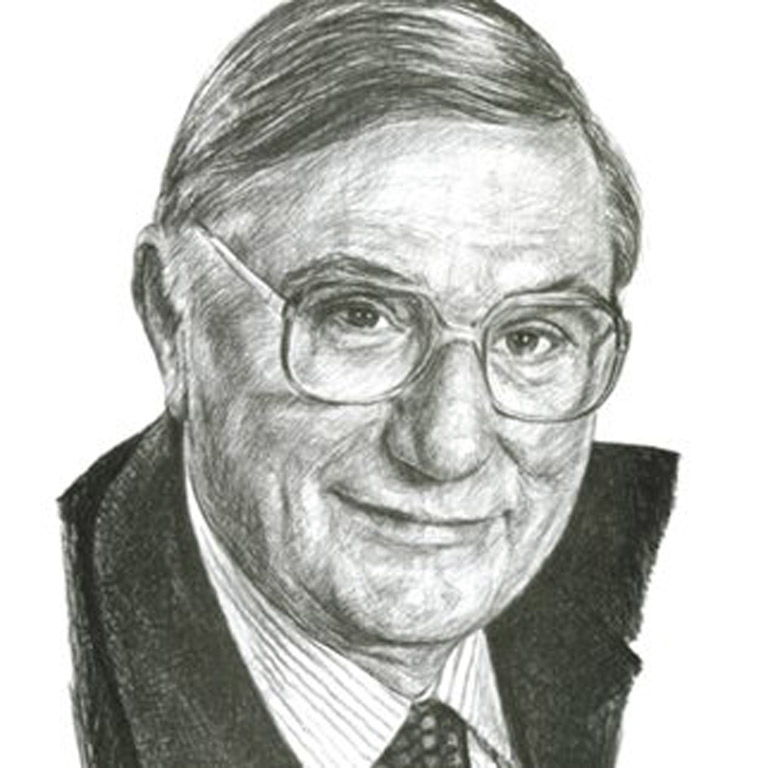
Right Honourable Roméo LeBlanc (1995-1999)
Born: December 18, 1927, Memramcook, NB
Died: June 24, 2009
- An Acadian, first GG from Maritimes.
- Brought attention to voluntarism, Canadian history, aboriginal peoples, peacekeeping and military.
- Instrumental in founding the Governor General’s Award for Excellence in Teaching Canadian History.
- Proclaimed June 21 National Aboriginal Day in recognition of aboriginal people, their culture and their contributions.
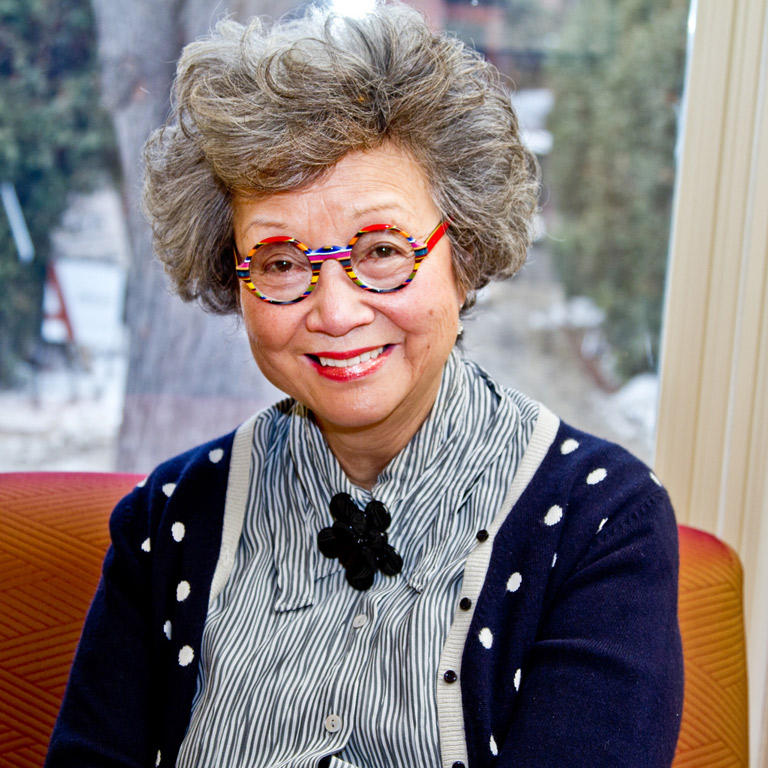
Right Honourable Adrienne Clarkson (1999-2005)
Born: February 10, 1939, Hong Kong
- Travelled extensively with husband John Ralston Saul to meet Canadians.
- Brought attention to voluntarism, Canadian history, aboriginal peoples, peacekeeping and military.
- Recognized and encouraged Canadian troops at home and abroad. On New Year’s Day 2004, visited Canadian Forces in Kabul, Afghanistan.
- At Rideau Hall, hosted first Governor General’s Youth Forum in February 2002; about 100 high school students attended.
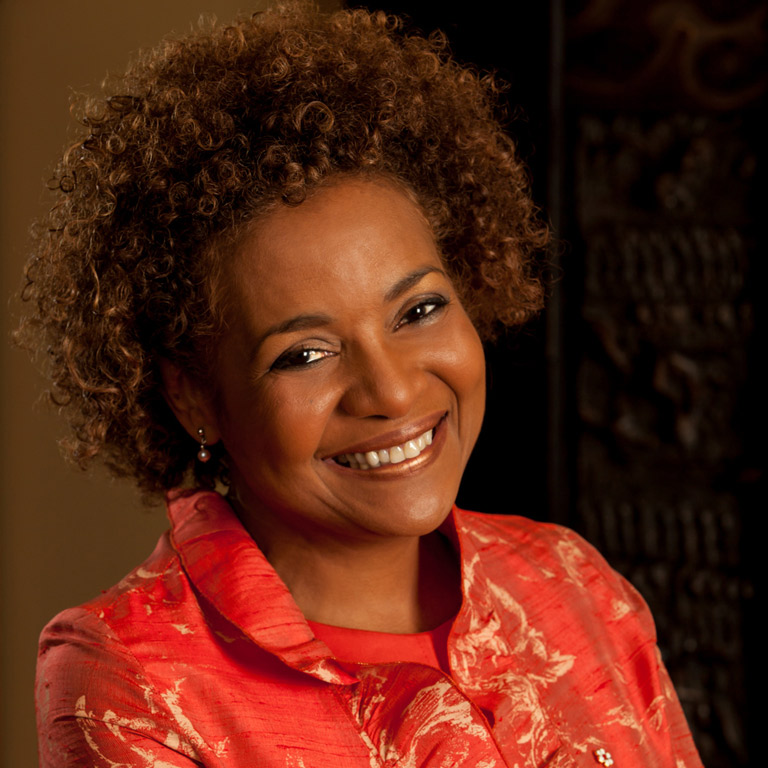
Right Honourable Michaëlle Jean (2005-2010)
Born: September 6, 1957, Port-au-Prince, Haiti
- Immigrated to Canada with her family in 1968, fleeing Haiti's dictatorial regime.
- Studied comparative literature at the Université de Montréal and taught Italian in the Université’s Department of Literature and Modern Languages.
- Worked for eight years with Quebec shelters for battered women.
- Was a highly regarded journalist and news anchor with Radio-Canada and CBC Newsworld. In 2007, attended the first Canada's History Forum.
- In late 2008 Jean followed advice of the then Prime Minister, Steven Harper, to prorogue Parliament until late January 2009 after a coalition of three opposition parties threatened to rescind their confidence in the Cabinet.
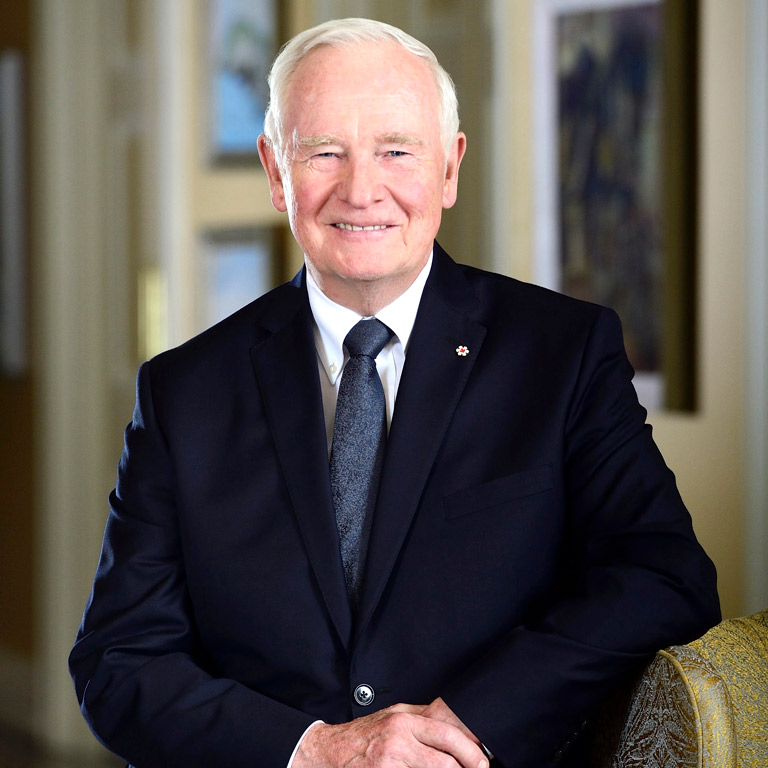
Right Honourable David Johnston (2010–2017)
Born: June 1928, 1941, Copper Cliff, ON
- Grew up playing hockey in Sault Ste. Marie with future NHL stars Phil and Tony Esposito.
- Attended Harvard, Cambridge, and Queens universities and was a law professor at numerous post-secondary institutions across Canada.
- Married his highschool sweetheart, Sharon Johnston, with whom he has five daughters. They have thirteen grandchildren.
- Co-authored more than twenty-five books.
- Focused his mandate on strengthening the pillars of learning and innovation, philanthropy and volunteerism, and families and children.
- In a ceremony held in February 2016, presented nine Medals of Bravery and six Stars of Courage to members of the RCMP and the House of Commons Protective Service for their role in stopping the Parliamentary attack on October 22, 2014.
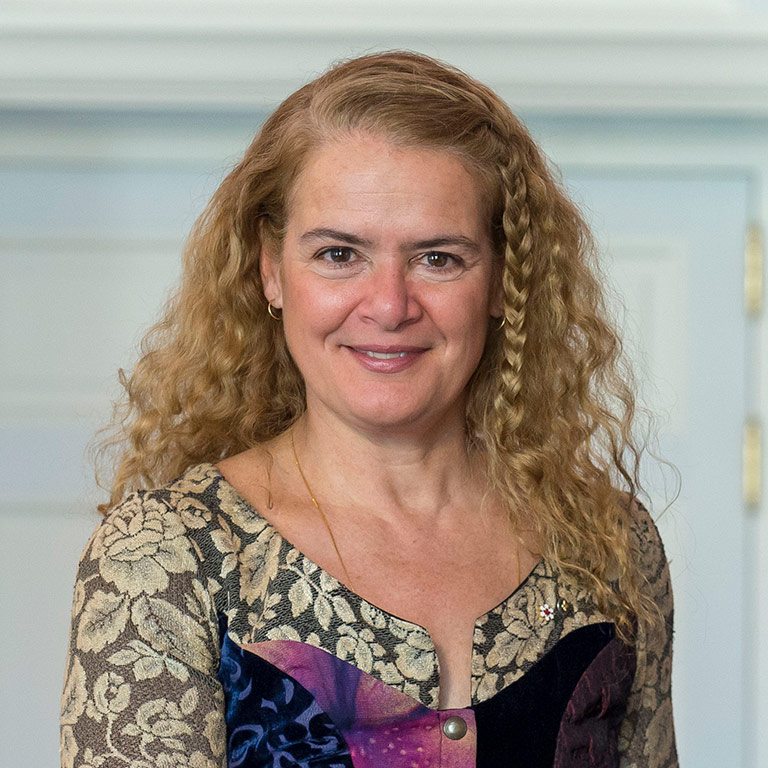
Right Honourable Julie Payette (2017-2021)
Born: October 20, 1963, Montreal
- Holds engineering degrees from McGill University and the University of Toronto.
- Worked as a research scientist before joining the Canadian Space Agency (CSA) in 1992.
- As an astronaut, completed two spaceflights, logging more than twenty-five days in space.
- From 2000 to 2007, held the role of Chief Astronaut with the CSA.
- A strong proponent of science education and research.
- Resigned from the role of Governor General in part to spend more time with her family.
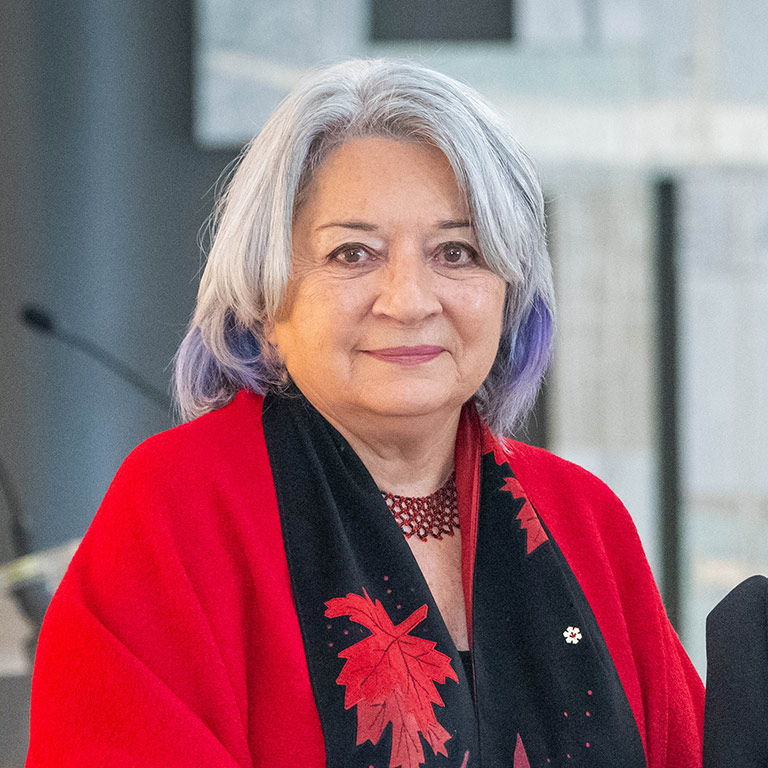
Right Honourable Mary Simon (2021-present)
Born: August 21, 1947, Kangiqsualujjuaq, Quebec
- The first Indigenous Governor General of Canada, she is of Inuk and European descent.
- Gained national and international recognition for her work on Arctic and Indigenous issues.
- A respected advocate for Inuit rights, youth, education, and culture.
- Began career as a CBC radio broadcaster before moving into series of executive positions with the Inuit Association (now Makivik Corporation) and Inuit Tapiriit Kanatami, which centred on negotiating the first land claims agreement in Canada, the James Bay and Northern Quebec Agreement.
- As president of the Inuit Tapiriit Kanatami, she delivered a response on behalf of Inuit to the formal apology on residential schools in 2008.
We hope you’ll help us continue to share fascinating stories about Canada’s past by making a donation to Canada’s History today.
We highlight our nation’s diverse past by telling stories that illuminate the people, places, and events that unite us as Canadians, and by making those stories accessible to everyone through our free online content.
Canada’s History is a registered charity that depends on contributions from readers like you to share inspiring and informative stories with students and citizens of all ages — award-winning stories written by Canada’s top historians, authors, journalists, and history enthusiasts.
Any amount helps, or better yet, start a monthly donation today. Your support makes all the difference. Thank you!
Themes associated with this article
Advertisement

